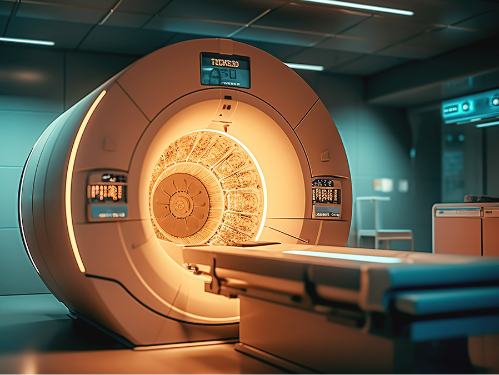Dear Colleagues,
Although nuclear magnetic resonance, NMR, has been known for around 75 years, it is still the method used in many chemical and biological studies. An Achilles heel was originally the low sensitivity. However, signal enhancement methods such as hyperpolarization and higher magnetic fields are about to overcome this problem. New pulse sequences enable a broader range of applications. A broad range of nuclei can be investigated. A great advantage is that both liquid and solid-state samples may be measured. The access to higher spinning speeds has extended the use of solid-state NMR. The broad range of nuclei has advanced the use of NMR in biological studies. Three-dimensional structures by NMR are now a very important tool in the study of structures of proteins, DNA and RNA in solution. The increased sensitivity also allows us to follow biological reactions in vivo. The measurement of metabolites in blood, urine and feces samples is important in studies of illnesses. Chemical reactions and not only rates of the reaction but also the structure of intermediates can be studied. A useful combination is DFT calculations and NMR. Ways of changing conditions are variable temperature or isotope substitutions.
Prof. Dr. Poul Erik Hansen
Collection Editor

Sorry, there is no entry in this entry collection.
 Encyclopedia
Encyclopedia


